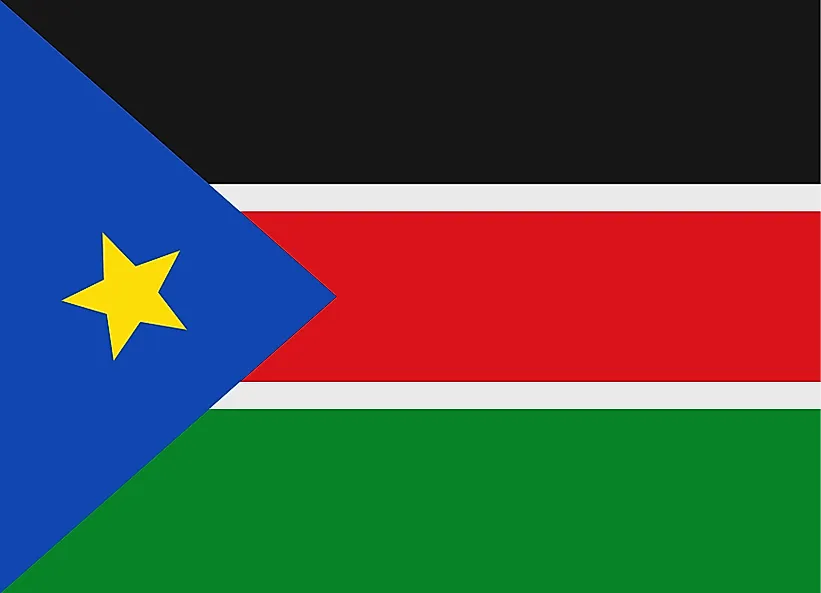
남수단
| 대륙 | 아프리카 |
| 자본 | Juba |
| 인구 | 12,530,717 |
| GDP | $20.88억 |
| 1인당 GDP | $1,700 |
| 다이얼링 코드 | + |
| ISO 코드(2글자) | SS |
| ISO 코드(3글자) | SSD |
About South Sudan
Welcome to South Sudan, a nation of remarkable resilience and potential. With approximately 11 million people across 644,329 square kilometers, South Sudan combines diverse landscapes with rich cultural traditions, standing as the world’s newest internationally recognized country since its independence in 2011.
지리적 특징과 자연의 아름다움
South Sudan’s geography encompasses diverse landscapes from the White Nile basin to tropical forests. The country features the vast Sudd wetland, one of the world’s largest swamps, and the Imatong Mountains, including Mount Kinyeti, the country’s highest peak.
The landscape includes savanna grasslands, tropical forests, and the White Nile’s extensive river system. The country’s varied terrain creates diverse ecosystems supporting significant wildlife populations, including large migrations of antelopes.
Protected areas include Bandingilo National Park, famous for the white-eared kob migration, and Boma National Park. The country’s commitment to conservation focuses on preserving its natural heritage while developing sustainable resource management.
문화 유산과 전통
South Sudanese culture represents a rich tapestry of over 60 ethnic groups, each with distinct traditions. The country’s heritage includes diverse languages, traditional music, and distinctive artistic expressions.
Traditional arts include beadwork, body painting, and elaborate hairstyles. Cultural practices feature cattle-keeping traditions, age-set systems, and wrestling competitions among various communities.
South Sudanese cuisine reflects its pastoral and agricultural heritage, featuring dishes like kisra (flatbread), wala-wala (dried meat), and various milk-based preparations. The tradition of communal celebrations and storytelling remains central to social life.
역사 여행
South Sudan’s history spans from ancient kingdoms through colonial periods to independence. The country emerged from Africa’s longest-running civil war to become independent in 2011.
Significant periods include ancient Nilotic migrations, Anglo-Egyptian rule, the struggle for independence within Sudan, and finally achieving sovereignty. The country’s path to nationhood represents a testament to perseverance.
현대 경제 환경
Today’s South Sudanese economy focuses on oil production, agriculture, and livestock. The country possesses significant natural resources and agricultural potential.
Recent initiatives emphasize diversifying the economy, developing infrastructure, and promoting agricultural development. South Sudan’s young workforce and natural resources support its development efforts.
국제 관계 및 글로벌 포지셔닝
South Sudan maintains active engagement with regional organizations while building international partnerships. The country’s strategic location and resources extend its regional significance.
알고 계셨나요?
• South Sudan is home to one of Africa’s largest annual wildlife migrations?
• The Sudd wetland is one of the world’s largest freshwater wetland ecosystems?
• The country has over 60 indigenous languages?
• Traditional wrestling is a significant cultural sport that brings communities together?
결론
South Sudan represents a unique story of determination and potential. From its vast wetlands to its mountain ranges, from its diverse ethnic traditions to its emerging modern institutions, South Sudan continues to build while preserving its cultural heritage. As it addresses challenges including nation-building and economic development, South Sudan remains committed to progress while maintaining its position as a land of opportunity and resilience.





